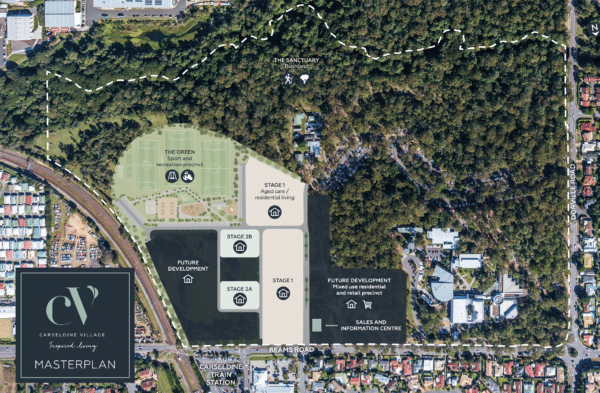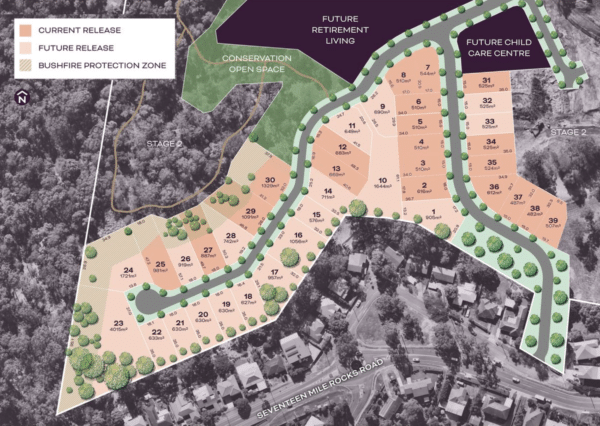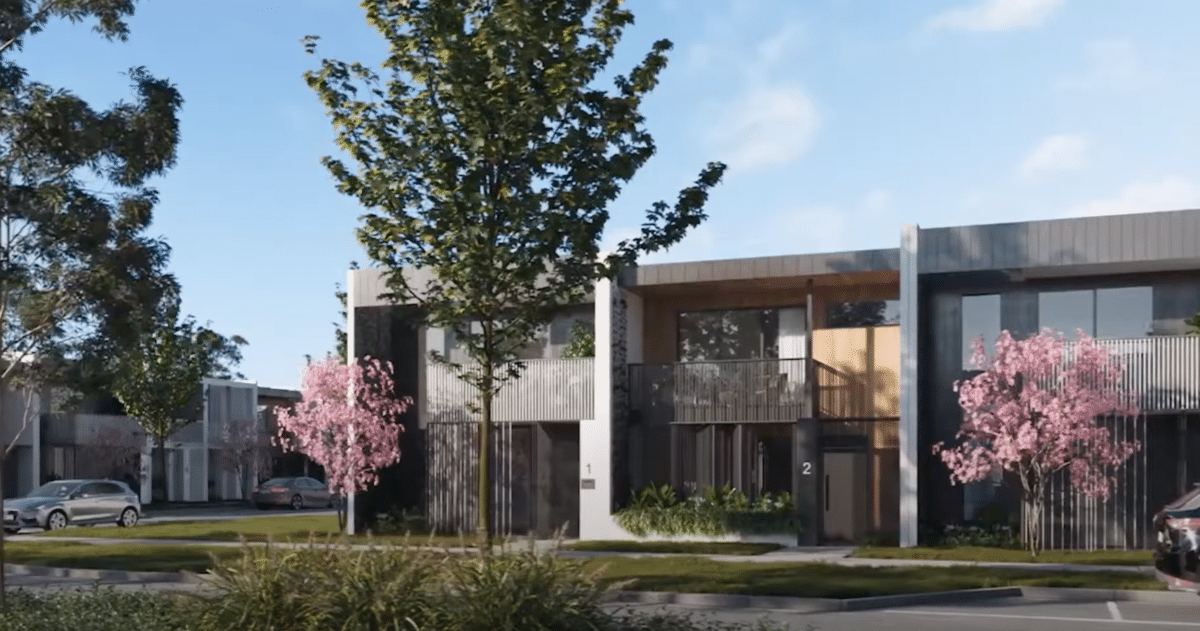Economic Development Queensland (EDQ) has designated two new residential developments in the greater Brisbane area — Carseldine Village and Songbird Estate Oxley — as 100% solar + battery neighbourhoods.
Both developments are currently under construction, and have also planned to ultimately integrate childcare facilities, bushland, sport-and-recreation, and aged-care facilities, creating total smart environments for today’s living needs.
The new homes are designed to EnviroDevelopment’s Six-Leaf standard. The scientifically based EnvironDevelopment assessment scheme provides independent review of developments and certifies those that achieve outstanding performance on a number of indices including sustainability of building materials, energy efficiency and supply, and water management.
At Carseldine, EDQ’s first-stage development of 53 contemporary terrace houses is expected to be complete by June this year.
Each residence will incorporate solar PV and an AlphaESS battery storage system, a heat-pump hot water system and have provision for an electric vehicle charger in the home’s electrical wiring.
The combined effect of the renewable-energy installation “could save owners up to $1,600 per year off their power bills,” said Steven Miles, Queensland’s Deputy Premier and Minister for State Development, Infrastructure, Local Government and Planning in a statement on Saturday.

Image: Carseldine Village
Freestanding homes built to strict sustainable guidelines
At Oxley, the Songbird development is releasing 39 blocks of land in its first stage, and home builders are required to meet design guidelines for sustainability, to a level that complies with EnviroDevelopment’s Six-Leaf certification.
That is, homes on the Songbird estate will be required to have three-phase power connection, and install a dedicated AC circuit to the garage in order to facilitate future dedicated Electric Vehicle Supply Equipment (EVSE) of the homeowner’s choice.
Builders must also use thermally efficient colours, and materials in construction of each home; include energy-efficient appliances and LED lighting; and install a minimum of 6 kW of solar, supported by a minimum 13.5 kW of battery storage and an inverter set to export a maximum of 4 kW of energy at any time to the grid.
The guidelines state that the cap on solar exports, “will help ensure that most of the solar generated is used within the dwelling enabling all dwellings at Songbird to be solar PV homes.”
To enable compliance with renewable energy requirements, Songbird’s home builders are given access to a solar PV and Tesla Powerwall package at a 50% discount via an agreement with Natural Solar, one of Australia’s leading solar battery installers
“Solar PV combined with a Tesla Powerwall will have on- and off-grid capability and the option to link into a virtual power plant to generate revenue for the homebuyer,” said Miles.
He added that in the event of a power outage in Oxley, the technology would enable these homes to use their own stored supply of energy to power “their fridge, lights and favourite streaming service”.
Natural Solar CEO, Chris Williams estimates that Songbird Oxley residents could expect to save up to $2,000 a year by taking up the offer, which would deliver them a “return on investment in around five years”.

Image: Songbird Estate Oxley
Setting the tone for future new-home development
Mandated solar and batteries, alongside, energy efficiency measures implemented on homes in new developments makes sense both in terms of state planning for future energy needs, and supporting lower costs of living for residents.
The Queensland Minister for Energy, Renewables and Hydrogen, Mick de Brenni, said in Saturday’s announcement, that Queensland was working towards carbon-neutral housing design becoming the norm across Queensland, and that updates for Queensland’s National Construction Code were “in the pipeline”.
Queensland leads Australia in residential rooftop PV adoption, with just over one in three households powered by solar, and the state can claim four of the top-five solar postcodes in Australia, including Bundaberg at number one.
The state first introduced schemes to support solar uptake in 2018 and was overwhelmed by the response from householders.
De Brenni said that “futuristic” renewable-energy-enabled homes would help ensure that Queensland reaches the target it set in 2017 of achieving 50% renewable energy in its electricity supply by 2030. The state’s electricity supply is currently around 20% powered by renewables.
Miles said that with the Carseldine and Oxley developments, the state government is “hoping to inspire more home builders and developers to design and build sustainable, net-zero emission homes across Queensland”.
This content is protected by copyright and may not be reused. If you want to cooperate with us and would like to reuse some of our content, please contact: editors@pv-magazine.com.









By submitting this form you agree to pv magazine using your data for the purposes of publishing your comment.
Your personal data will only be disclosed or otherwise transmitted to third parties for the purposes of spam filtering or if this is necessary for technical maintenance of the website. Any other transfer to third parties will not take place unless this is justified on the basis of applicable data protection regulations or if pv magazine is legally obliged to do so.
You may revoke this consent at any time with effect for the future, in which case your personal data will be deleted immediately. Otherwise, your data will be deleted if pv magazine has processed your request or the purpose of data storage is fulfilled.
Further information on data privacy can be found in our Data Protection Policy.